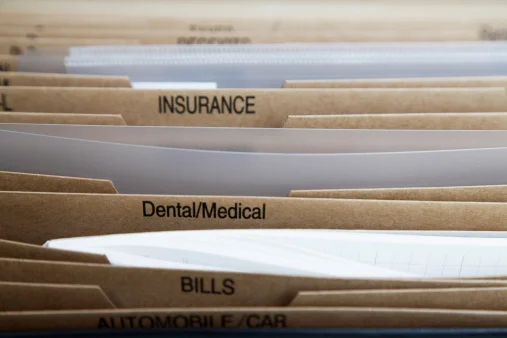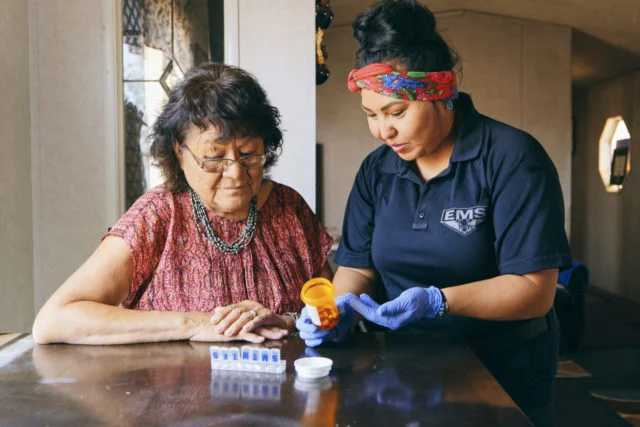Tag: prescription drugs

The potential for full Food and Drug Administration approval of the new Biogen-Esai Alzheimer’s drug (Leqembi) means that Medicare may make the drug available to beneficiaries. The $26,500 annual price tag associated with Leqembi will wreak havoc with Medicare finances, raise part B premiums, and place an enormous financial burden on afflicted families through the required copays. T…

Fewer than half of low-income retirees who are eligible for SNAP food stamps or don’t automatically receive a medication subsidy as part of their Medicaid coverage are taking advantage of the programs. These are two prominent examples of the head-spinning number of assistance programs for people over 60, from state property tax breaks and veterans…






